Interview with Norman Foster
“The science fiction of my youth is the reality of today”
June 2022. Reading Time: 7 minutes
The car, with its links to design, art, cities, technology and the future, is the protagonist of the exhibition Motion. Autos, Art, Architecture, inaugurated in April at the Guggenheim Museum of Bilbao. Its curator, the architect Norman Foster, one of the most renowned on the international scene, is a self-confessed lover of automobiles: he collects them, admires them, drives them and now exhibits them. As a result of this passion, the cars are presented in the exhibition as aesthetic works on wheels accompanied by related works of art, which in turn reflect on the past and the future.
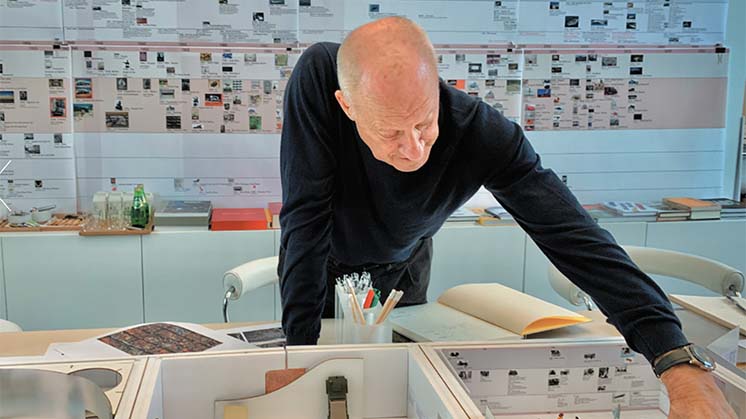
The Motion. Autos, Art, Architecture exhibition will be on display at the Guggenheim Museum until mid-September. What will visitors find there?
Something totally unexpected. Many of the visitors will be attracted by the automobile but they would never, otherwise, visit a museum of contemporary art. So, my hope is that by consciously bringing together the everyday object of the automobile and its history, with the worlds of architecture and art, the exhibition will open the eyes and minds of those who visit it.
How did the idea for this exhibition come about?
I came up with the idea of celebrating the art of automobiles and relating them to painting, sculpture, photography, film, architecture —to show the holistic nature of our culture— to challenge the silos that see these as separate specialised worlds. The word got around and I was approached by Juan Ignacio Vidarte, the Director of Guggenheim Bilbao, who invited me to curate and design the exhibition.
"Everything that we see, hear, smell and touch has been designed. Even the seemingly accidental is a consequence of a human act"
The exhibition presents a journey with seven galleries that look at the history of the automobile from its origins to its future, as well as its impact on European and American societies. Is this the story of a symbol of modernity?
Yes, it is a symbol of modernity, both as object and its personification of speed, motion and interconnectivity. We take these for granted but they are unique to our age.
Some of the works on display come from the Norman Foster Foundation and join a large collection of institutional and private loans from European and American collections. How were the automobiles selected?
Initially by my eye: which ones are the most beautiful. Then by my perception of what was technologically important in the development of the automobile. Then by the social importance of the vehicle. Sometimes these overlapped, but there was always an aesthetic dimension. But along the way, with the team, of which I am a part, we were influenced by friends and well-wishers who shared our passion for the classic automobile, they added and subtracted from our list. The end result is better for that debate.
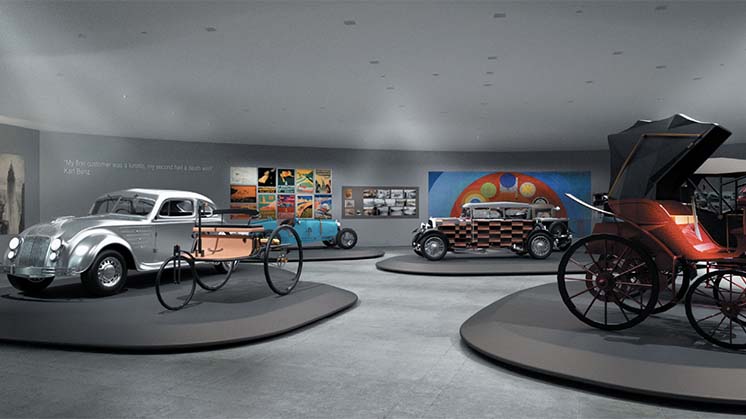
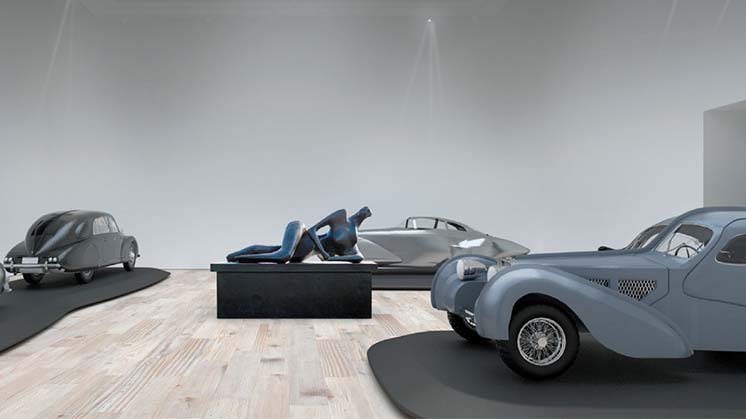
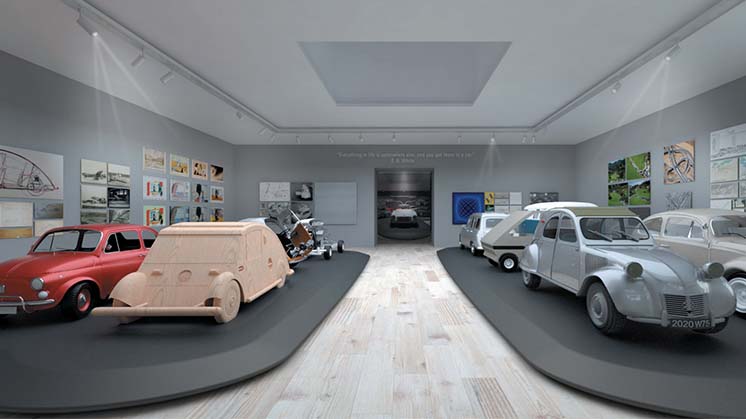
The exhibition also includes some 300 pieces, including paintings and sculptures by renowned artists, audio-visual documents, sketchbooks and models. What connections are made between the cars and these pieces in the exhibition?
There are many visual connections, some obvious, others more subtle. In the Beginnings and the Visionaries galleries, you can see how Brâncuși and Boccioni [in the 20th century] as sculptors anticipated and mirrored the streamlined tradition of automobiles. You can see how the wind tunnel forms used by the airship designer Paul Jaray in the early 20th century have a family resemblance to the fish of Brâncuși of the same period. Fast forwarding in time to the last gallery, you can see how the World War II jeep with its white stencilled graphics [type of printing or decoration made from a stencil, tracing, or "climbing" with a cut-out drawing or pattern] resonates with the pop art of Robert Indiana [20th century costume designer, painter, sculptor]. These are but a few of the countless examples.
"Technology is an inseparable part of every aspect of our lives. The same is true of any work of art"
The former director of the Museum of Modern Art (MoMA), Arthur Drexler, said in 1951 in connection with the landmark exhibition 8 Automobiles that automobiles are "hollow sculptures on wheels". Is there an artistic and architectural dimension to technology and, in particular, to the world of the automobile?
Everything that we see, hear, smell and touch has been designed. Even the seemingly accidental is a consequence of a human act. So, we can design well, badly or create the mediocre. It is a choice. When design satisfies all the senses and lifts our spirits, we know it is good even if we do not consciously acknowledge the fact, it may be subconscious. Technology is an inseparable part of every aspect of our lives. The same is true of any work of art including automobiles. It starts with the first tool and the act of making.
What examples in the history of the automobile prove this?
Proof is scientific verification. To my knowledge, nobody has scientifically evaluated the user satisfaction of being exposed to beauty. However, in the parallel world of architecture, we know for a fact that patients recovering from surgery in a room with a view leave hospital earlier after surgery than those who face a blank wall.
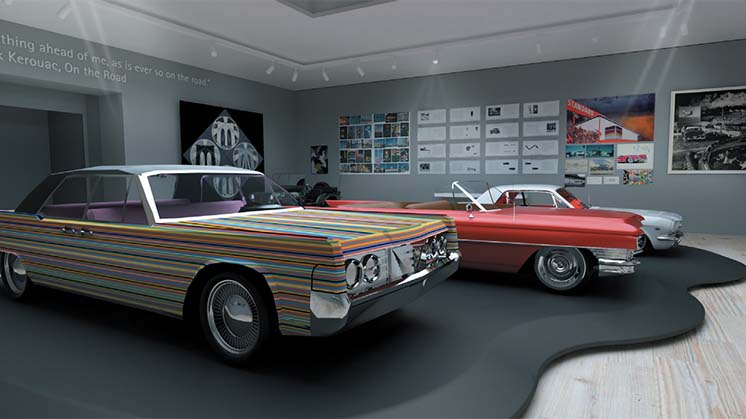
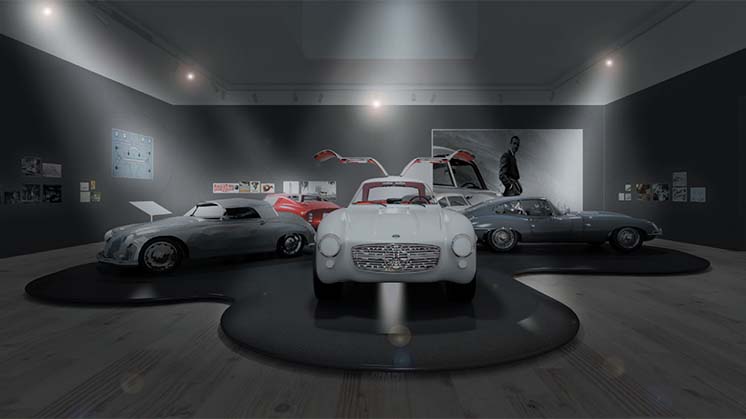
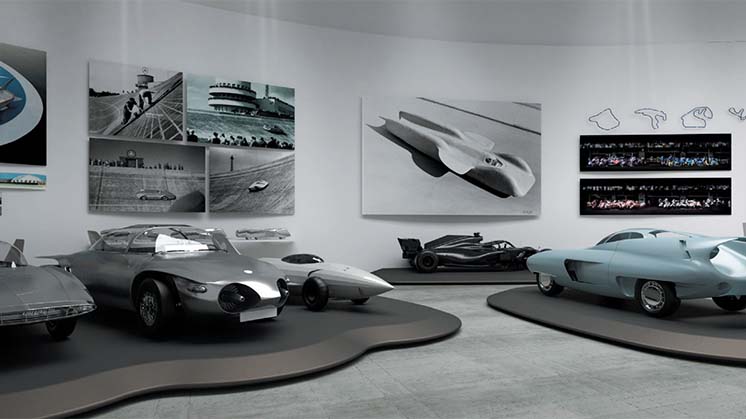
What impact does the automobile have on people's lives and cities?
Look around. Compare images of the horse drawn era before the advent of the automobile. Think of the proliferation of tarmac roads, freeways, road signs, street lighting, parking structures, filling stations. Compare the speed, range and comfort of a horse and saddle with the automobile and the infrastructure that sustains it. The automobile touches every aspect of our lives, from the cradle to the grave.
The exhibition addresses the theme of the mobility of the future, with contributions from sixteen design and architecture schools from around the world, including Tecnológico de Monterrey, whose industrial partner is Iberdrola. What challenges does the future of the automobile present to technological research?
“The only constant is change”, a family motto, but very relevant to the final gallery of contributions by students from around the world. How can one conclude? The science fiction of my youth is the reality of today.

Lucía Agirre
"Through art, Yayoi Kusama has sought her own healing and that of all humanity".
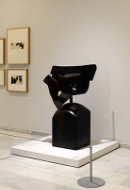
Javier González de Durana
"Oteiza and Chillida were two titans of art".

Darío Urzay
"Art will always be there because we artists can always create".

Mireia Massagué
"Only Tàpies could be the first artist to engage in a dialogue with Chillida's work in the Zabalaga farmhouse".




